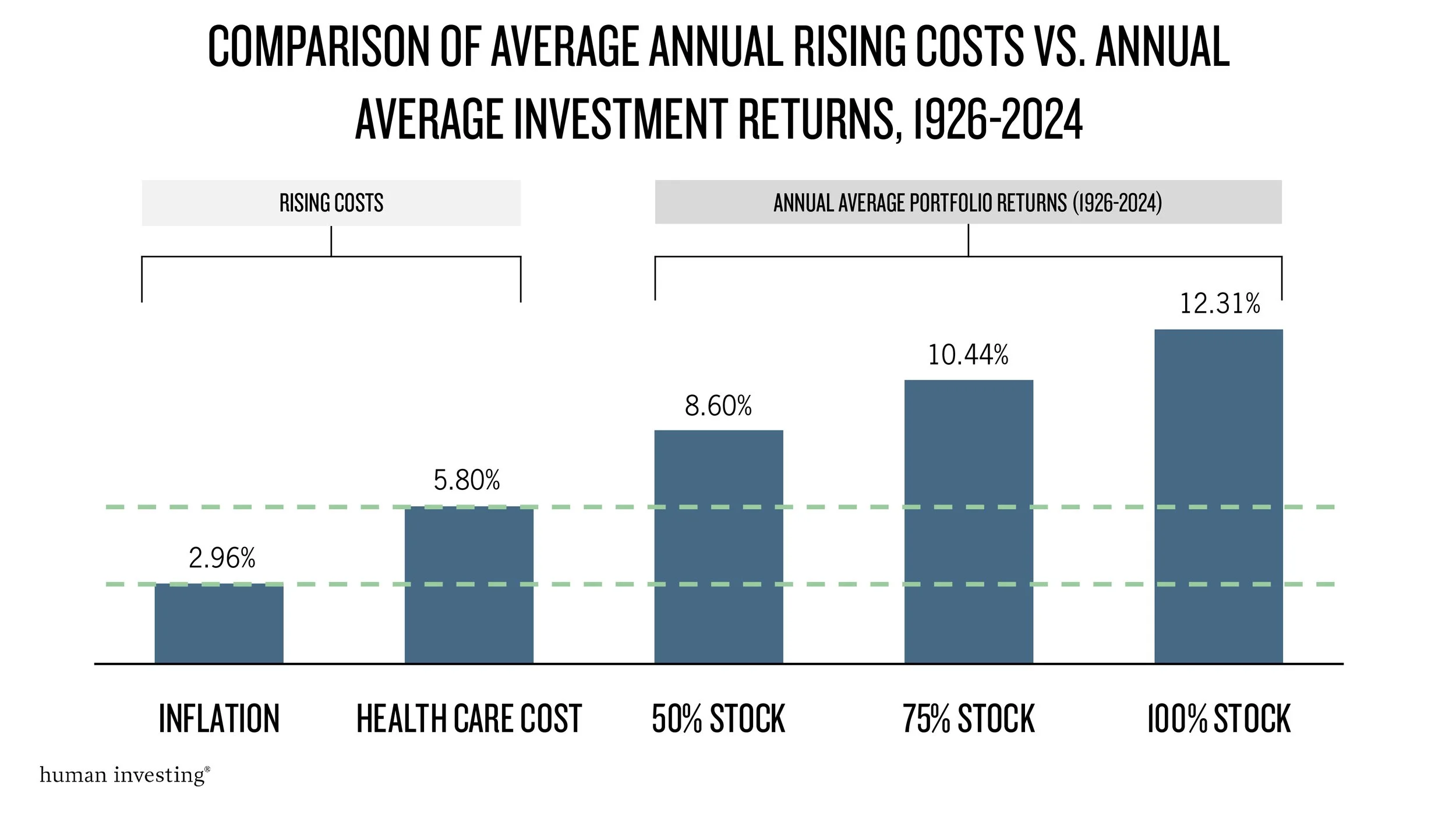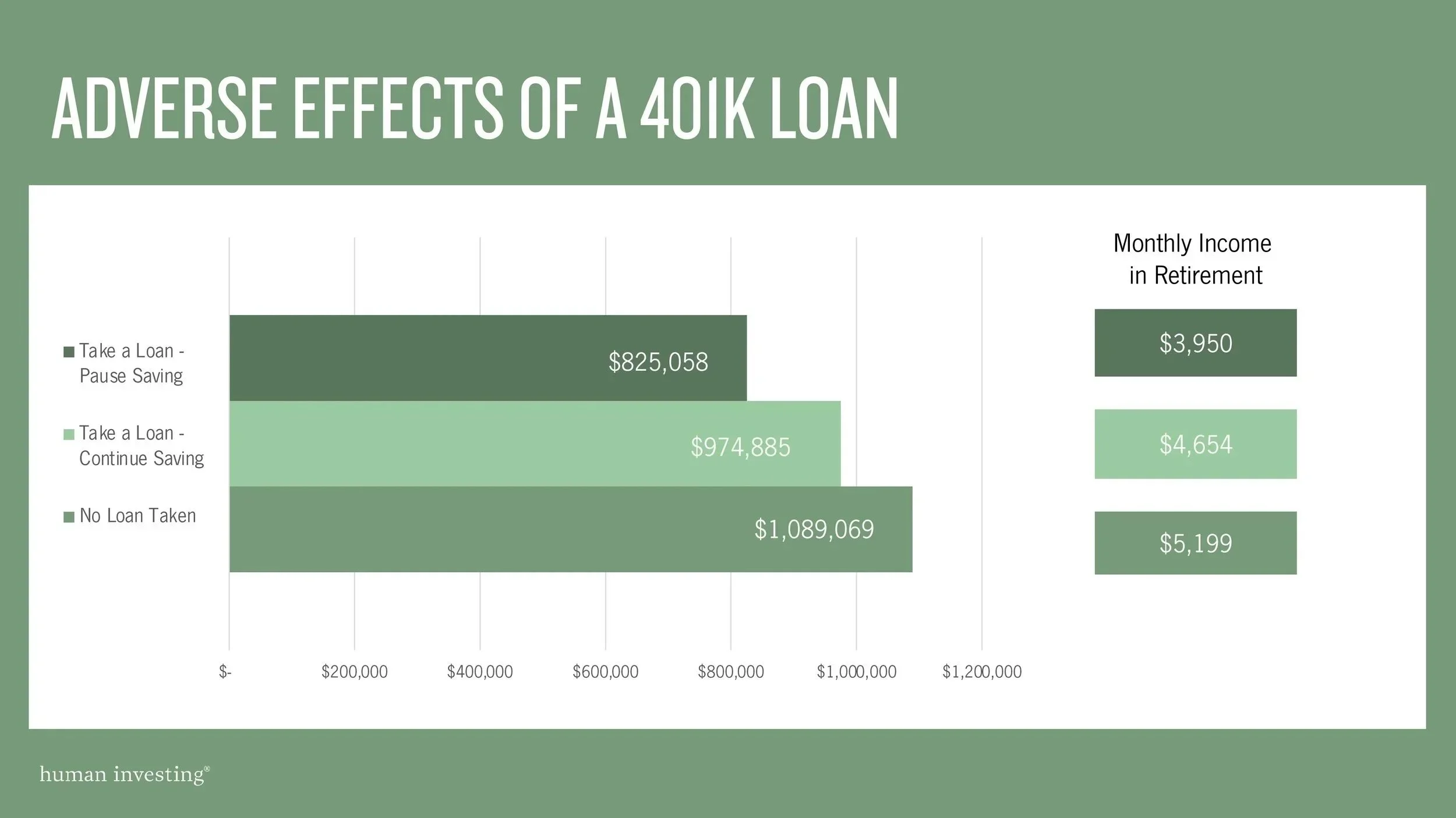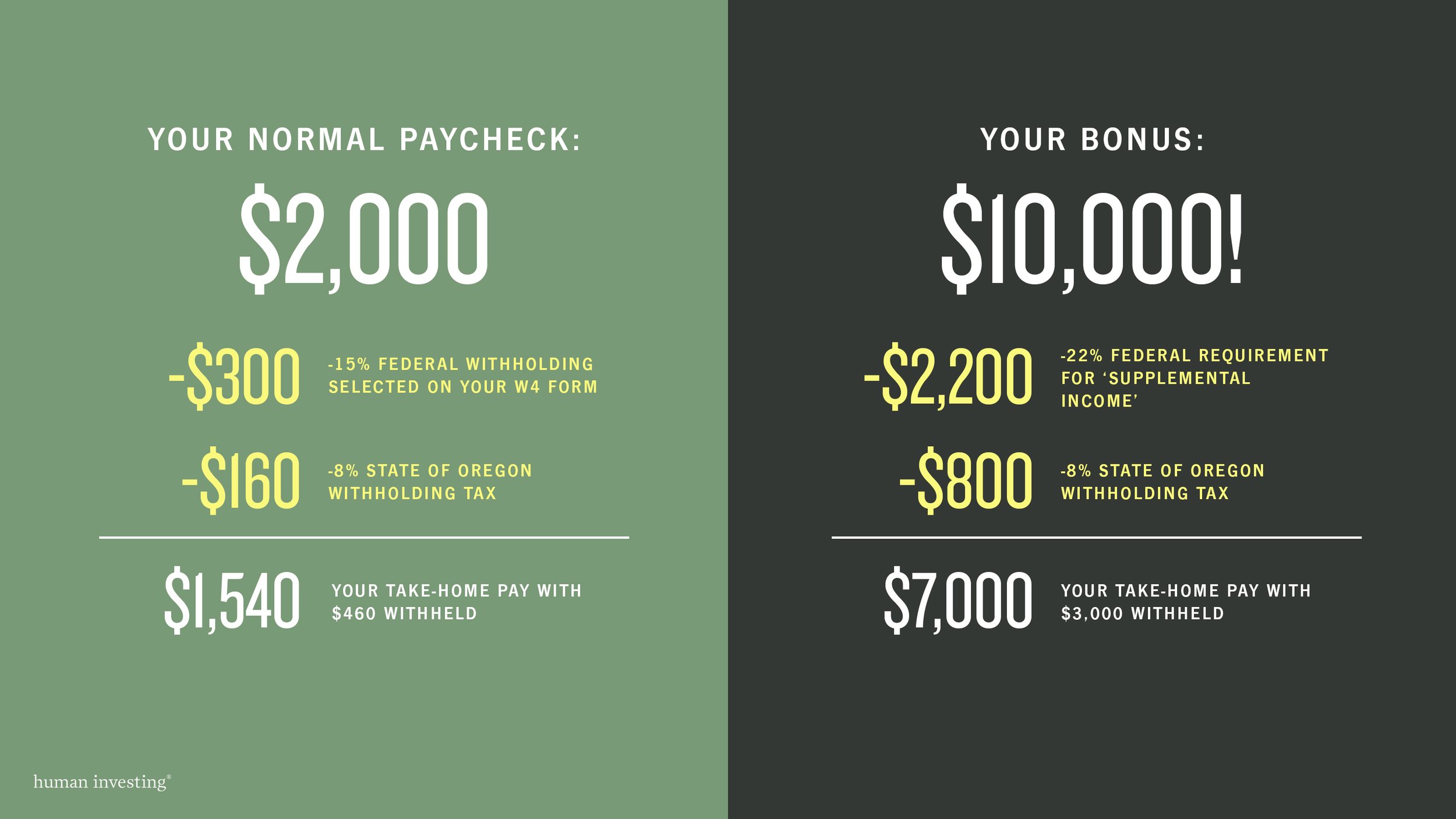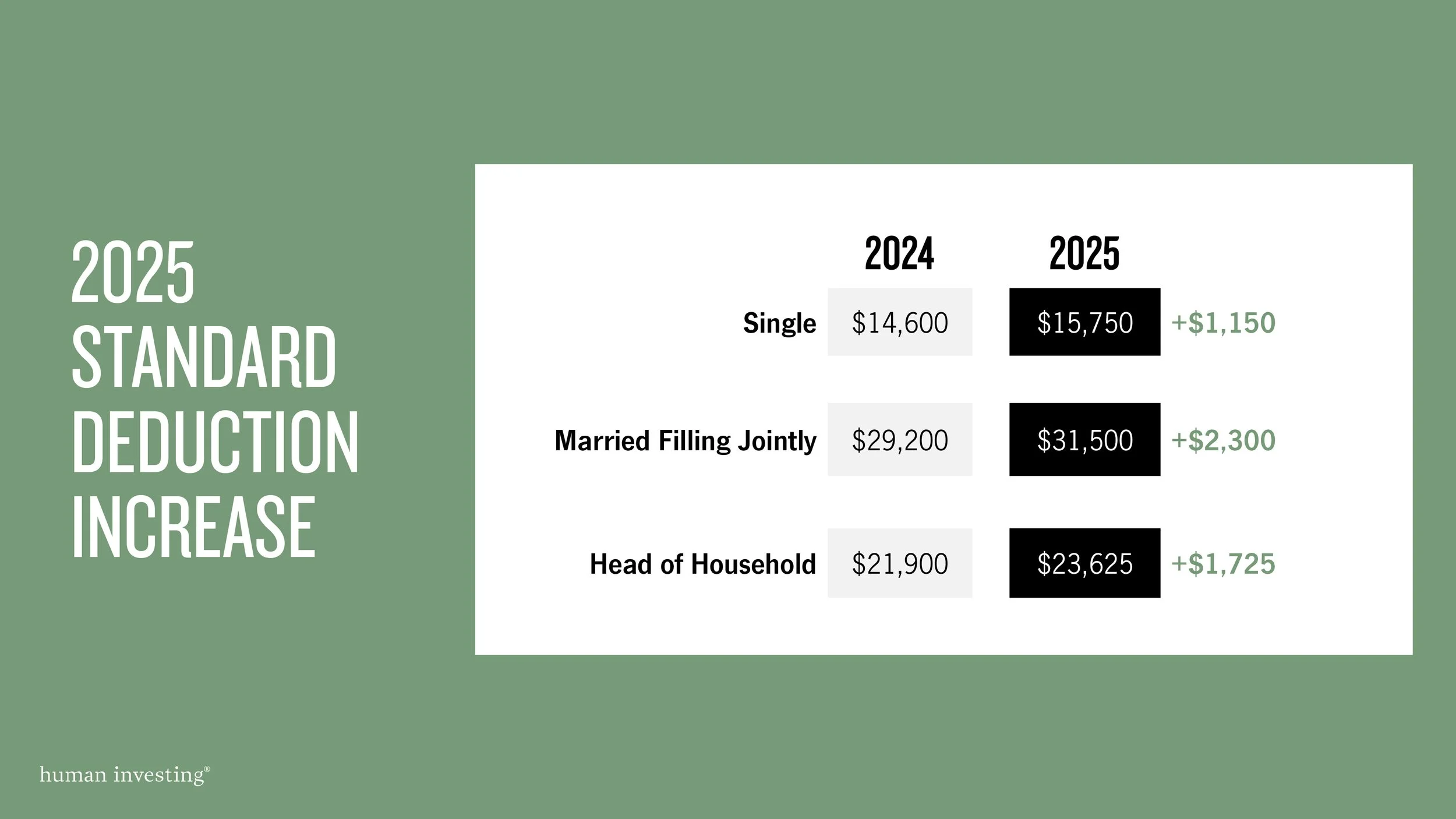Knowing where to allocate your next dollar can be confusing for those looking to save and invest. There are many choices available. Just like building a house, it’s important to start with a strong financial foundation. Focus on the basics like budgeting and an emergency fund as you begin building your wealth.
Let’s break down each layer and explore why it matters.
Step 1. Emergency Reserve: Your Financial Safety Net
Before investing, it’s crucial to build an emergency fund as your safety net. Life happens: cars break down, kids get sick, jobs change. Without a cushion, these unexpected events can derail long-term financial goals.
We recommend saving three to six months’ worth of living expenses. You might save closer to three months’ worth of expenses if your household is dually employed with strong job stability, or closer to six months if you are a single filer, self-employed, or have dependents.
Parking these dollars in a money market or high-yield savings account can provide a modicum of interest while maintaining liquidity, so you can easily withdraw these funds, not if an emergency happens, but when.
Step 2. Maximize Employer Match: Don’t Leave Free Money Behind
If your employer offers a match on retirement contributions, take full advantage. For example, if you elect 3% of your pay to go towards your retirement plan, your employer will contribute an additional 3% to your account that you wouldn’t receive otherwise.
Ensure you are contributing the minimum to receive the full match; otherwise, you’re leaving free money on the table.
Step 3. Pay Off High-Interest Debt (Interest Over 7%)
High-interest debt, especially credit cards, can erode wealth faster than investments can grow. The average credit card interest rate in 2025 is over 21% , making it a top priority to eliminate.
Paying off high-interest debt quickly is not only an immediate return on investment but will also provide additional cash flow and wiggle room in your budget.
This assumes that a diversified portfolio may earn 7.0% over the long term. Actual returns may be higher or lower. Generally, consider making additional payments on loans with a higher interest rate than your long-term expected investment return.
Step 4. Health Savings Account (HSA): Triple Tax Advantage
A Health Savings Account (HSA) is one of the most tax-advantaged saving tools. You can put money in tax-free, which can then use it tax-free for qualified medical expenses. Consider investing your HSA funds once you’ve built up a sufficient cash buffer for near-term medical expenses. This allows you to take full advantage of the triple tax benefit!
The 2025 annual HSA contribution limit (for all contributions made by both you and your employer) are $4,300 for individuals and $8,550 for family coverage. Additionally, individuals age 55 or older can contribute an extra $1,000.
Bonus: After age 65, funds can be used for non-medical expenses without penalty (though taxed as income), making HSAs a powerful retirement supplement.
A high-deductible health plan is needed to contribute to an HSA. This investment vehicle may not be the best choice for you if you have frequent medical expenses. Those taking Social Security benefits age 65 or older and those who are on Medicare are ineligible. Tax penalties apply for non-qualified distributions prior to age 65; consult IRA Publication 502 or your tax professional.
Step 5. Additional Defined Contribution Savings
Once you’ve maxed your employer match in your 401(k), consider contributing beyond the match percentage, as your cash flow and budget will allow.
Compound growth and tax deferral make these accounts ideal for long-term wealth building. A general rule of thumb is to aim for 15% of your income going toward retirement. The earlier you start, the more compound interest works in your favor.
In 2025, employees can contribute up to $23,500 to a 401(k), with an additional $7,500 catch-up for those 50 and older.
Roth 401(k) Option: Many plans offer a Roth 401(k) feature, allowing you to contribute after-tax dollars. While you don’t get a tax deduction up front, qualified withdrawals in retirement are tax-free. This can be a powerful strategy for younger savers or those expecting higher tax rates in retirement.
Step 6. Pay Down Lower-Interest Debt (Under 7%)
While not as urgent as high-interest debt, paying off loans under 7% still improves cash flow and reduces financial stress.
Step 7. IRA Contributions: Flexibility and Tax Benefits
You’ve paid off your debts, have a solid emergency fund, and are maxing out your 401(k) and HSA accounts. What’s next?
Traditional and Roth IRAs offer additional retirement savings options. In 2025, the contribution limit is $7,000, or $8,000 for those 50+. Income limits for deductibility and Roth eligibility have increased, making these accounts more accessible.
Roth IRAs allow for after-tax contributions with tax-free growth and withdrawals in retirement.
Income limits may apply for IRAs. If ineligible for these, consider a non-deductible IRA or an after-tax 401(k) contribution. Individual situations will vary; consult your tax professional.
Step 8. Taxable Accounts: For Flexibility and Liquidity
Finally, once all tax-advantaged accounts are maximized, taxable investment accounts provide flexibility. They’re ideal for goals that fall outside retirement, like early retirement, home purchases, or estate planning.
Our favorite part: there are no annual contribution limits and no penalties for withdrawal.
Final Thoughts
Saving wisely for your future doesn’t have to be complicated. By following a structured approach, you can make confident decisions about where to allocate your money, step by step, dollar by dollar.
Want help applying this to your own financial picture? Let’s talk!
Disclosure:This content is for informational and educational purposes only and is not intended as investment, legal, or tax advice. The strategies and steps outlined—such as building an emergency fund, contributing to employer-sponsored plans, paying down debt, or using HSAs, IRAs, and taxable accounts—are general in nature and may not be appropriate for every individual. You should consult a qualified financial or tax professional before making decisions based on your personal circumstances. There is no guarantee that following any financial strategy will achieve your goals or protect against loss. References to interest rates, contribution limits, or tax rules reflect information available at the time of publication and may change. Past performance is not indicative of future results. Advisory services are offered through Human Investing, an SEC-registered investment adviser.



























































































